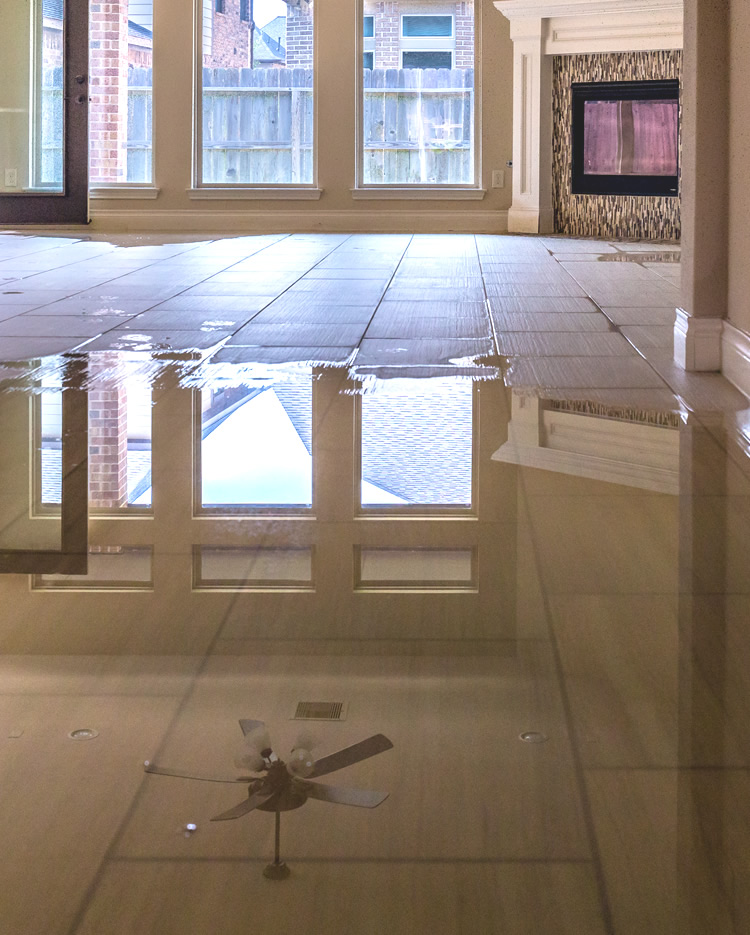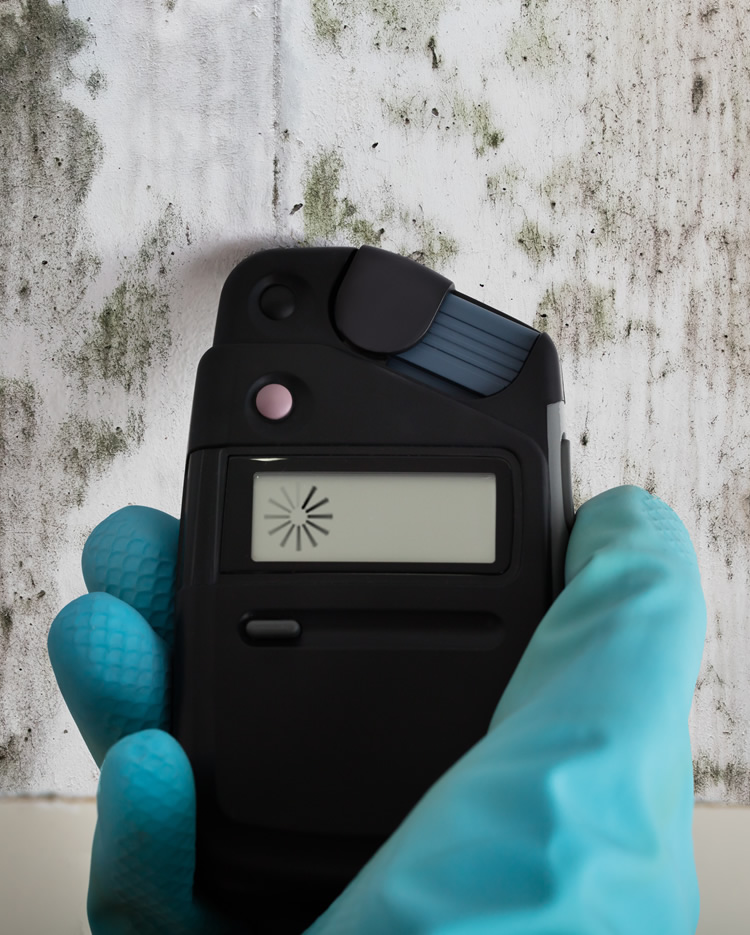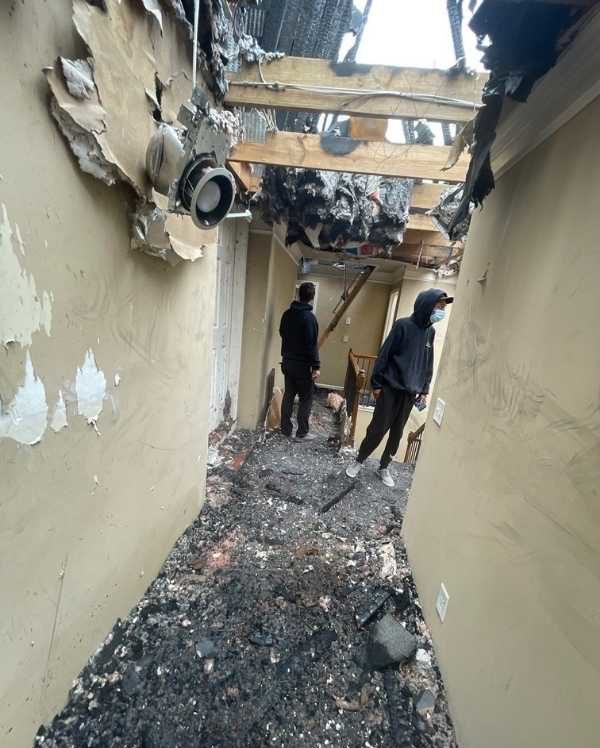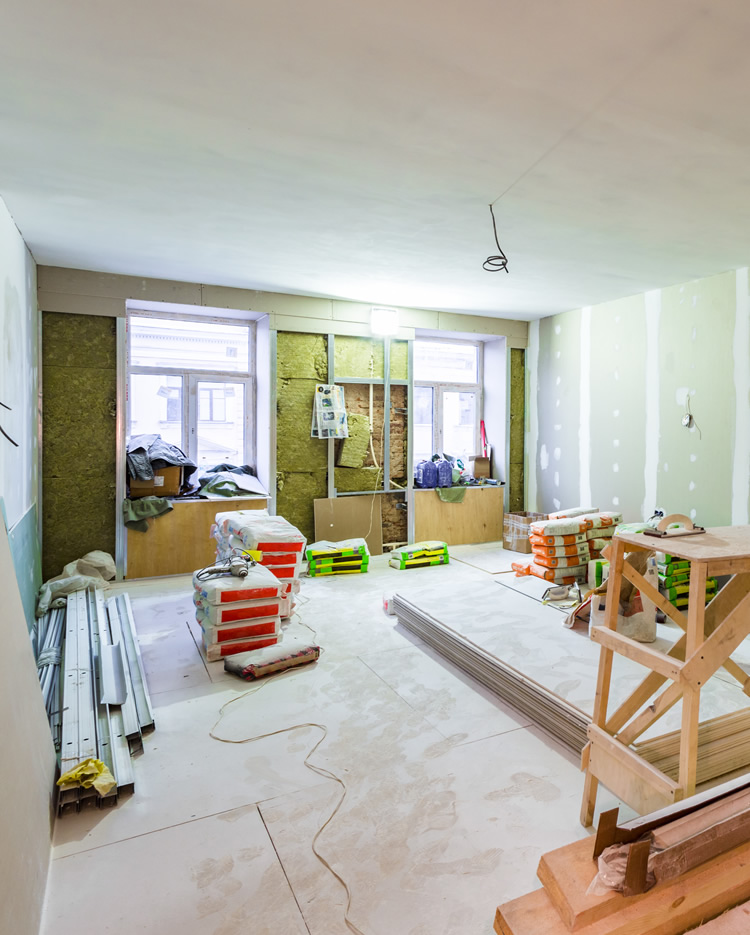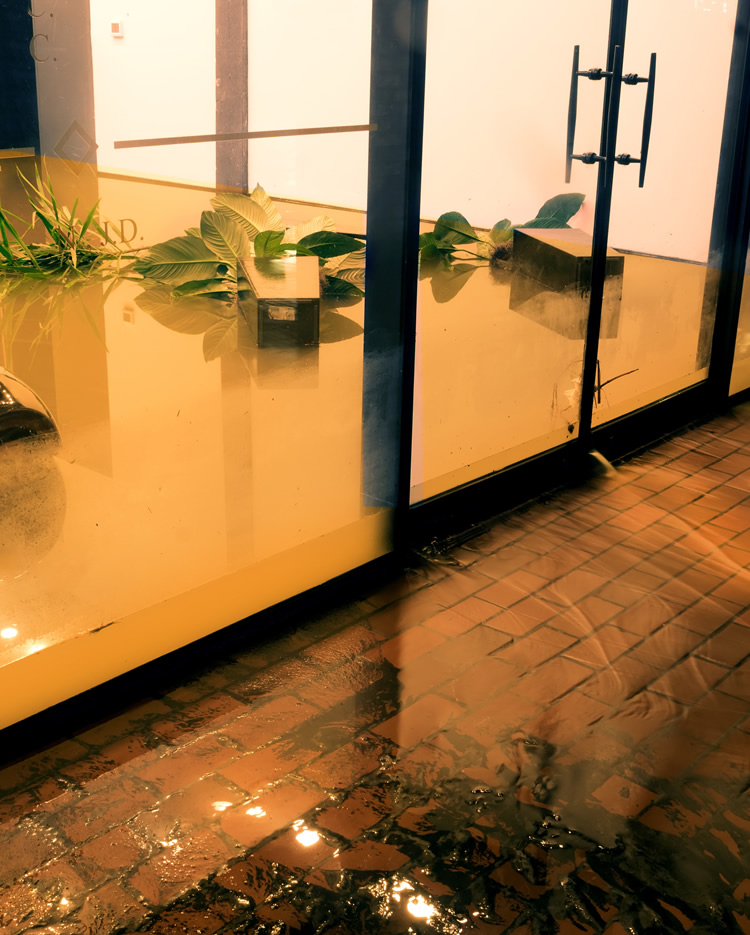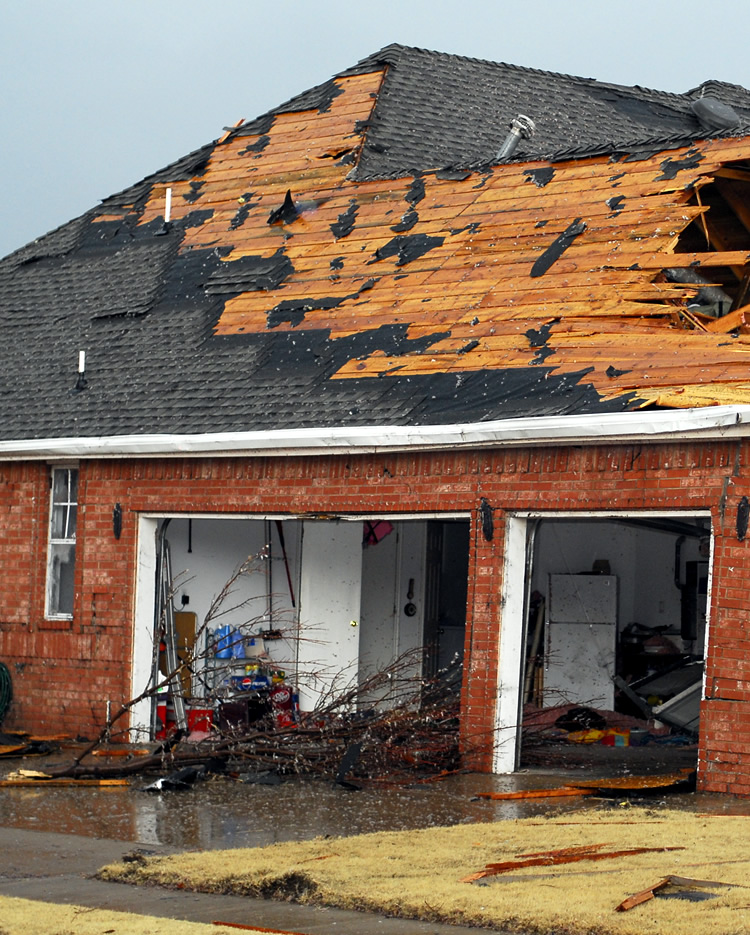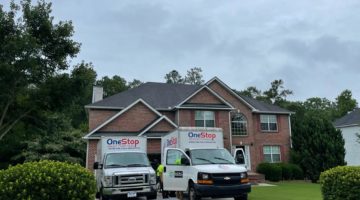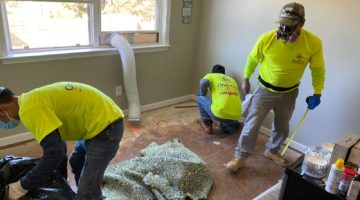Blog post
Storm Damage Restoration
How can you protect your home from a winter or a severe storm? Learn about the process and costs of weatherproofing your home in Atlanta, GA.
When living in a storm-prone area like Atlanta GA, you want to make sure you know how to keep your home and your family safe. Not only does this mean preparing your property against storms and natural disasters, but also having a plan in place for worst-case scenarios.
As your local restoration team here in Atlanta, One Stop Restoration want to help you feel in control no matter what comes your way. In this article, we’ll talk about how to plan for storms, common homeowner mistakes, and what we can do to support you in the aftermath. Keep in mind, this is based on our experience with customers in Atlanta, GA and surrounding areas including Norcross, Duluth, Marietta, Alpharetta, Conyers and more for years.
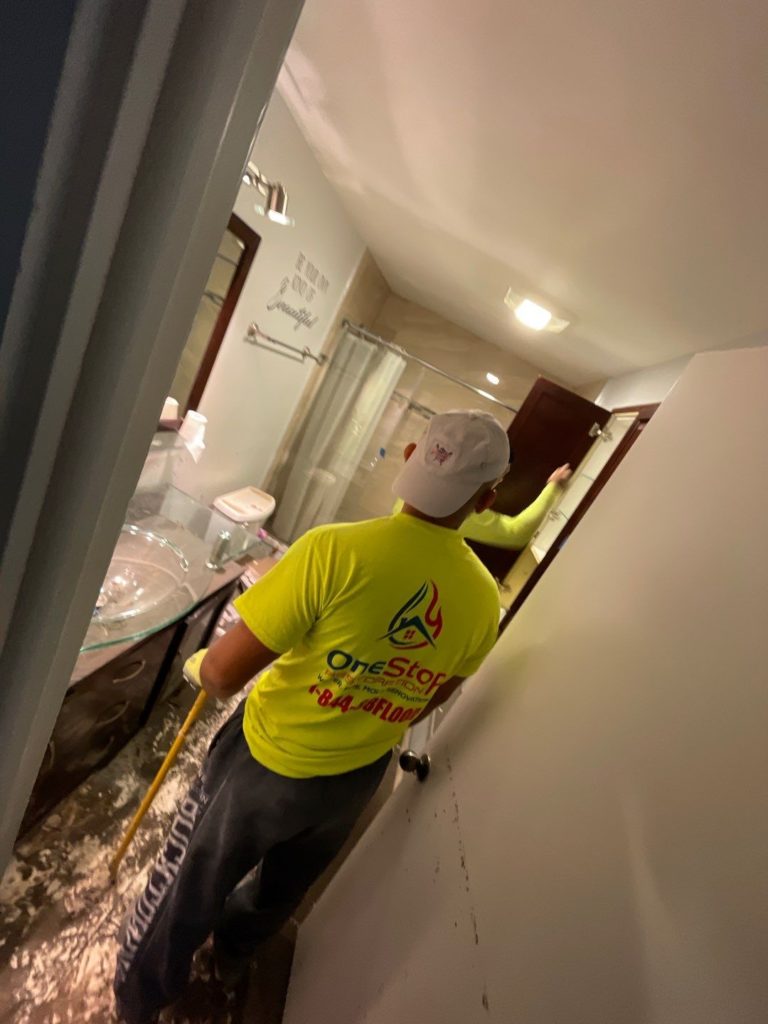
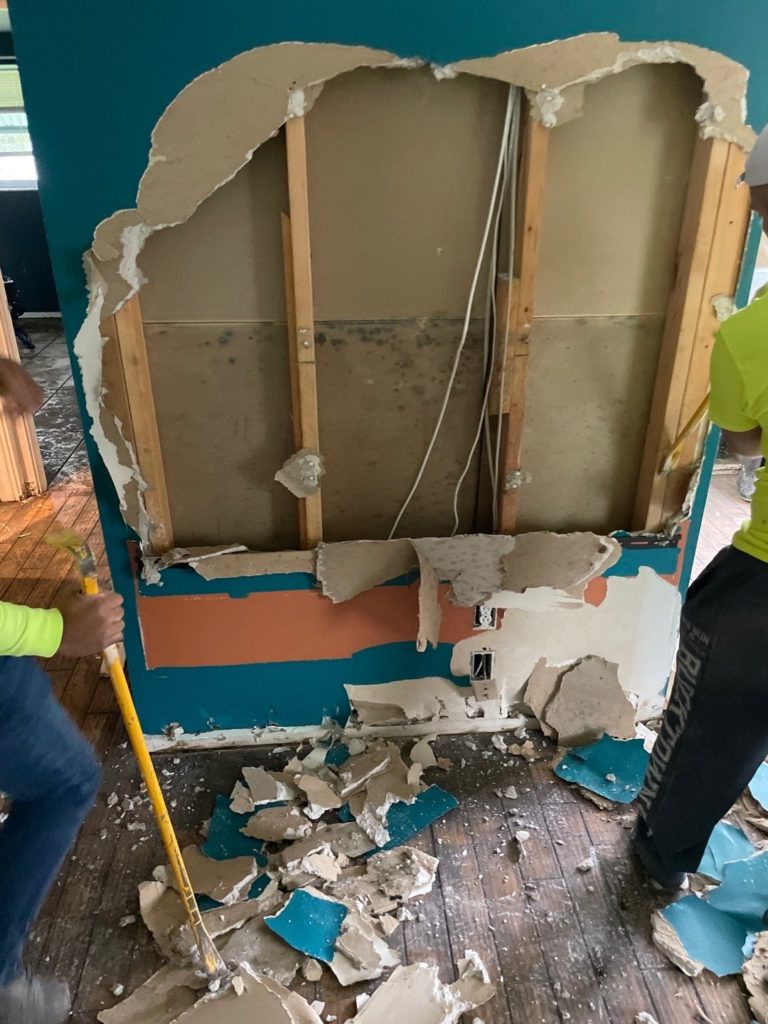
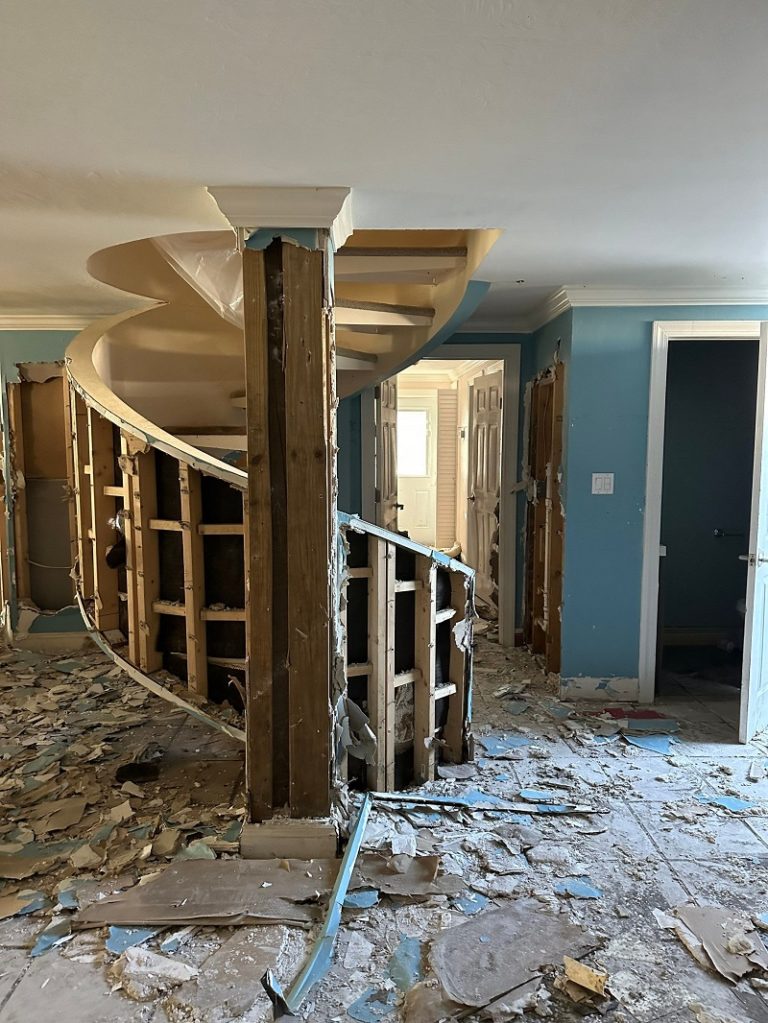
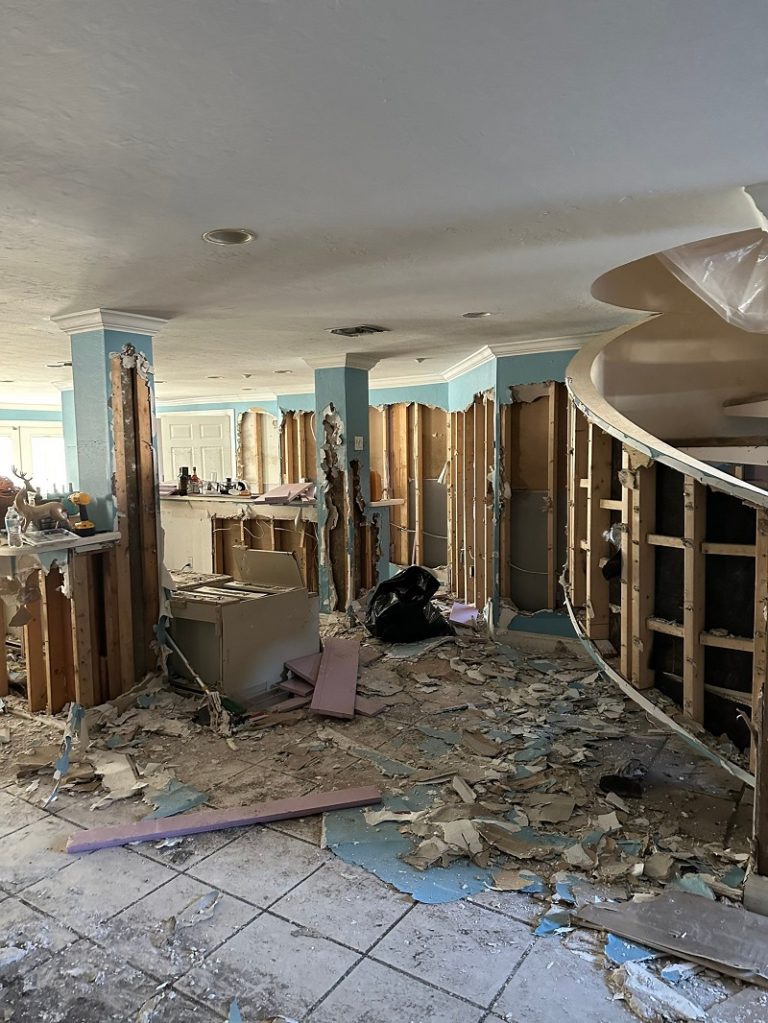
Know what storms are most common in your area
Here in Atlanta, there are a few different kinds of natural events to prepare for.
For starters, the hurricane season runs from June to November and can lead to tropical storm force winds and rain in metro Atlanta. Some of the associated hazards for homes include:
- Flooding
- Damage from fallen trees and other debris
Over the past few years, heat waves have also posed problems for homeowners, like:
- House fires caused by overstrained electrical outlets
- Roof and crawl space damage from excessive heat and humidity
Finally, while it’s not overly common to experience snow in Atlanta, we do sometimes get winter storms with destructive winds and ice. Some of the risks for home damage include:
- Frozen and burst pipes
- Damage due to fallen trees
- House fires caused by portable heaters
Those living in and around Atlanta may experience these weather events differently. For example Marietta is known to have more severe storm affect than Norcross, but the tips to prepare, and restoration process are basically the same. Make sure to check with the National Flood Data website to learn whether the location of your home puts you at a higher risk for flooding.
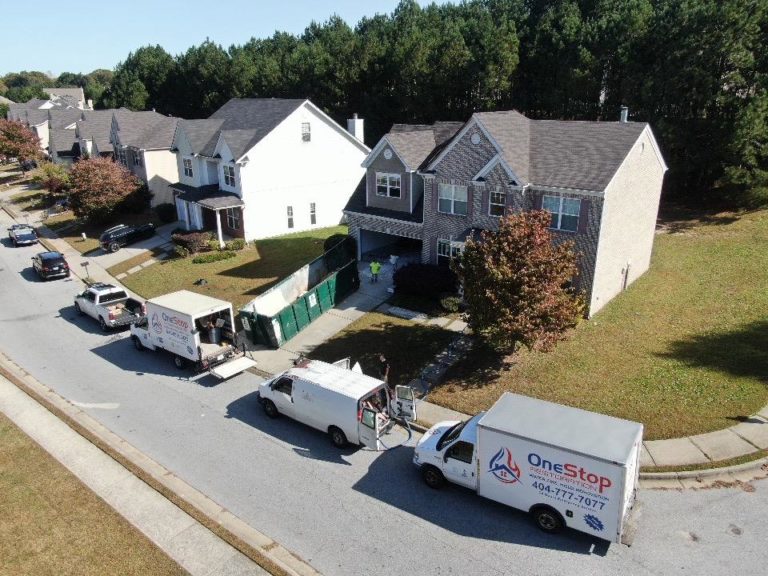
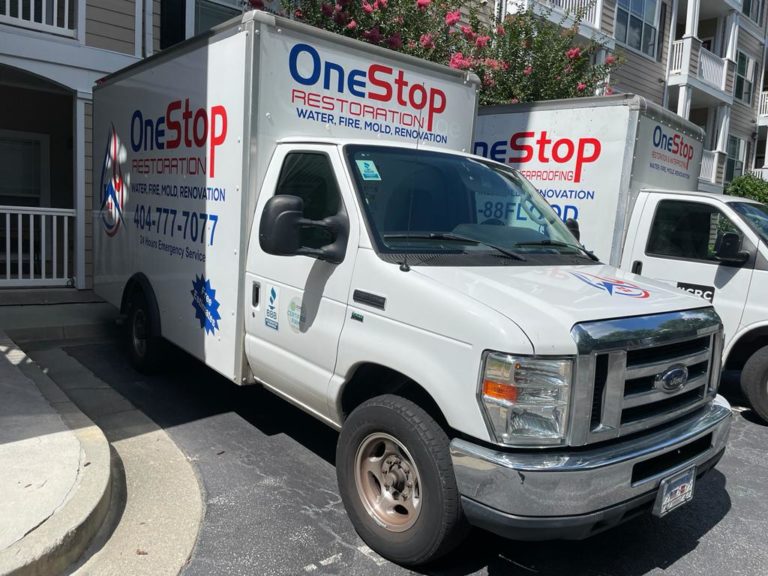
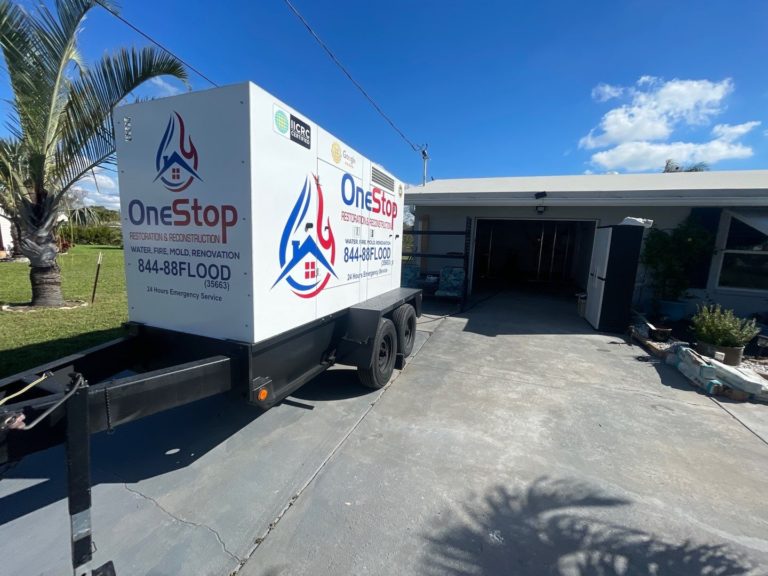
Preparing your outdoor space for a storm
The following tips can help you prepare your property from a variety of weather events:
- Trim trees around your home. To lower the risk of branches coming down on your home or power lines during a storm, have them professionally inspected and trimmed. This may be done every 1 to 5 years depending on the kinds of trees and age of the trees in your yard.
- Clean out the gutters. If your gutters are clogged during a heavy storm, water can pool and spill over onto the exterior walls of your home. Not only can this increase the risk for leaks, but it can also expose your foundation to water damage.
- Check that your gutters drain away from your home. If your gutter downspouts don’t quite reach the ground or they don’t tend to drain away from your foundation, you could have a real water problem. Downspouts should, ideally, be long enough to drain away from the home or be connected to an underground drainage system.
- Ensure good drainage around your home. Your yard should be sloped in such a way as to encourage water to drain away from your home. You may even hire a team to install a drainage system that can prevent water pooling around your crawlspace or foundation.
- Winterize your yard’s sprinkler system. Even a little bit of water in your underground sprinkler system can lead to frozen pipes. Unless you’re experienced with winterizing sprinkler systems, it’s recommended that you hire a professional to offer better protection during winter storms.
- Take special care with your pool. Homeowners tend to have a lot of questions about how to prepare their pool for a storm. Although you don’t want to drain your pool, you will want to proactively turn off electricity and gas to pumps, heaters and filters. This will prevent further hazards in case these mechanisms are damaged. It’s also a good idea to remove coverings to prevent tearing or warping from fallen debris.
One stop restoration can help you evaluate your home or business surrounding area for safety hazards and tips.
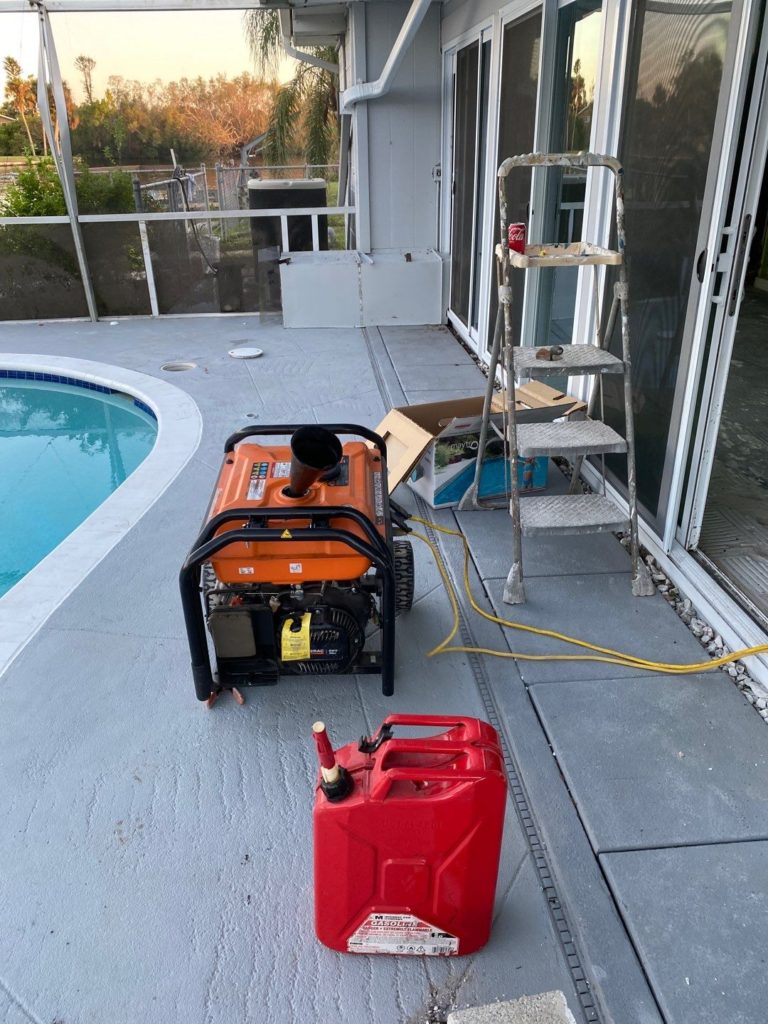
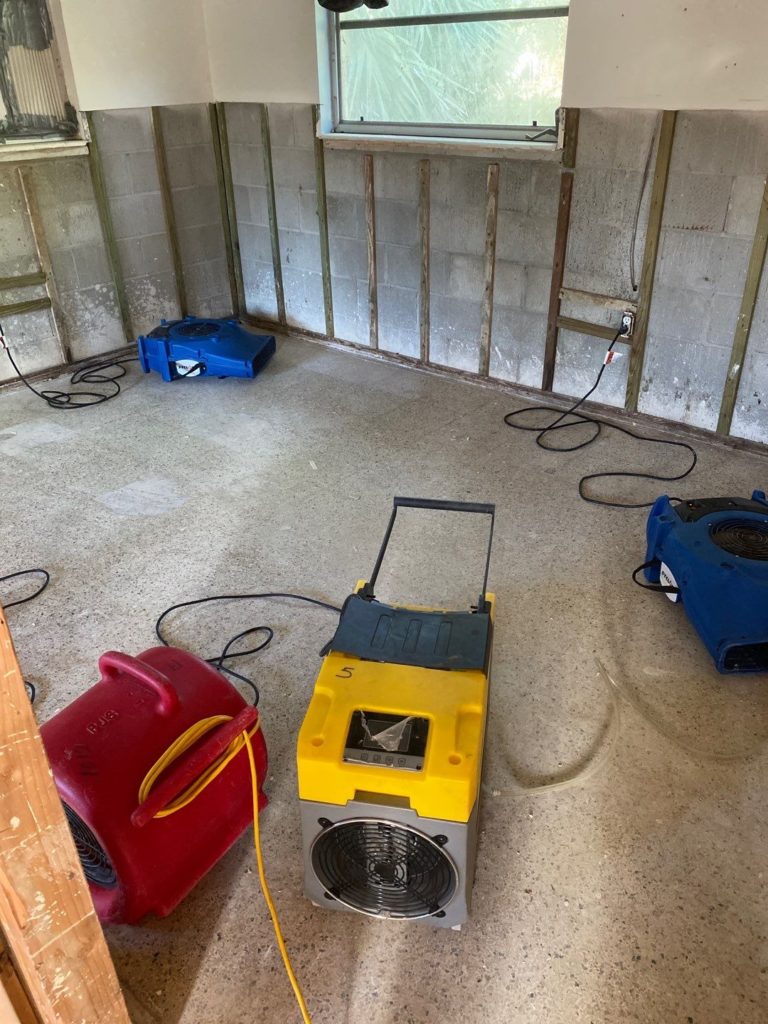
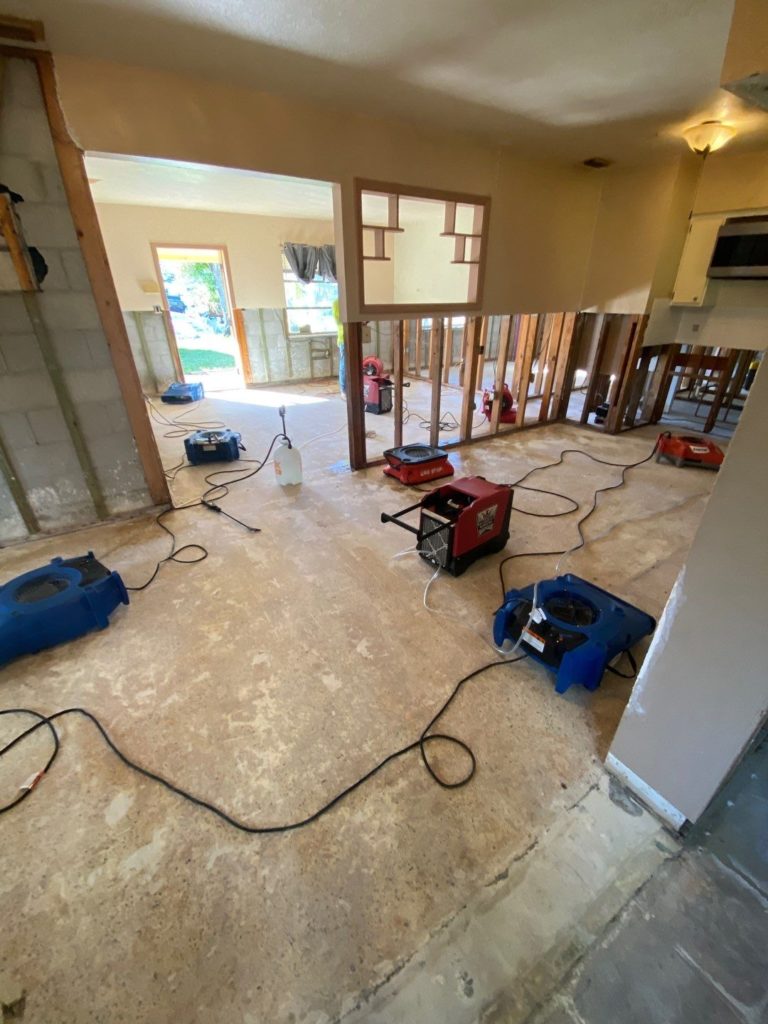
Storm-proofing your home
Once you’ve taken care of a few storm preparation tasks on your property, it’s time to weatherproof your home:
- Take a look at your sump pump. In the case of a tropical storm, your sump pump will be one of your best defenses against flooding. Your sump pump should be cleared of debris regularly. In addition, you can run a maintenance check on your own or call in a professional to ensure that the system is running properly. This would prevent some potential water damage issues.
- Improve your home’s insulation. If the power goes out during a winter storm, your home’s insulation can go a long way towards keeping your family warm and preventing damage to your plumbing system. Good insulation can also help you save money year-around by lowering your energy costs. And, it can even prevent your roof from sustaining damage from the heat that rises through your attic. If you’re not sure how to go about checking the quality of your insulation, you can arrange for an energy assessment on your home. This may prevent some reconstruction issues.
- Install impact-resistant storm windows. In areas where there are tropical storm winds, there’s likely to be some discussion about whether storm shutters or impact windows are appropriate. Impact windows are well-suited to Atlanta storms because they will withstand breakage while maintaining your home’s insulation. Homeowners also like that this type of window doesn’t interfere with your view. But impact-resistant windows typically are much more expensive to install than storm shutters.
- Weatherproof your roof. Leaks in your roof are an obvious problem when it comes to storm protection and should be dealt with right away. But even if you don’t see water leaks when it rains, every storm can further degrade the integrity of your roof. You might notice, for instance, that high winds cause some of your shingles to be blown off. If this is the case, it’s a good idea to have the roof inspected, especially if it was installed over ten to fifteen years ago. A professional roof contractor will be able to tell you the current state of your roof and whether there are any problem areas, such as leakage around your chimney or in the valleys of your roof. They’ll also inspect your roof for heat damage that could make them more brittle and vulnerable to wind damage. This is critical to prevent some leaking in and around the house.
- Fix any plumbing problems. The last thing that you want in the middle of a storm is problems with your plumbing. For one thing, vulnerabilities in your plumbing system can make it more likely for your pipes to burst during a freeze. And, while septic tanks are not as common in Atlanta as in more rural parts of the state, flooding can threaten these systems. Not only can the electrical pump be damaged by flooding, but the tank itself can also experience drainage issues when the ground is saturated by rain water. If you have a septic tank, ensure that your pump electrical outlet is mounted above the potential flood line and that you have the system maintenanced regularly.
- Prepare your HVAC system. Your HVAC is going to need some special attention before both tropical and winter storms. One thing that you can do is have a professional come check that your HVAC system is running properly and shows no sign of loose wires or damage before the storm.
If you’re anticipating a tropical storm, you may want to run your air conditioning at a cooler temperature for a few hours so that your home stays cool in case the power goes out. Once the storm is imminent, shut the system off and cover your outside unit with a tarp. It’s also recommended that you strap your HVAC unit with bungee cords to protect from strong winds.
In the case of a winter storm, you’ll want to keep the outside unit free from snow and ice by clearing it off by hand as needed.
Consider a backup generator. Power loss is one of the most challenging and dangerous hazards of a tropical or winter storm. A backup generator will kick in when the power goes out to keep your home warm in a winter storm or keep your sump pump, air conditioning, and other crucial systems going in a tropical storm.
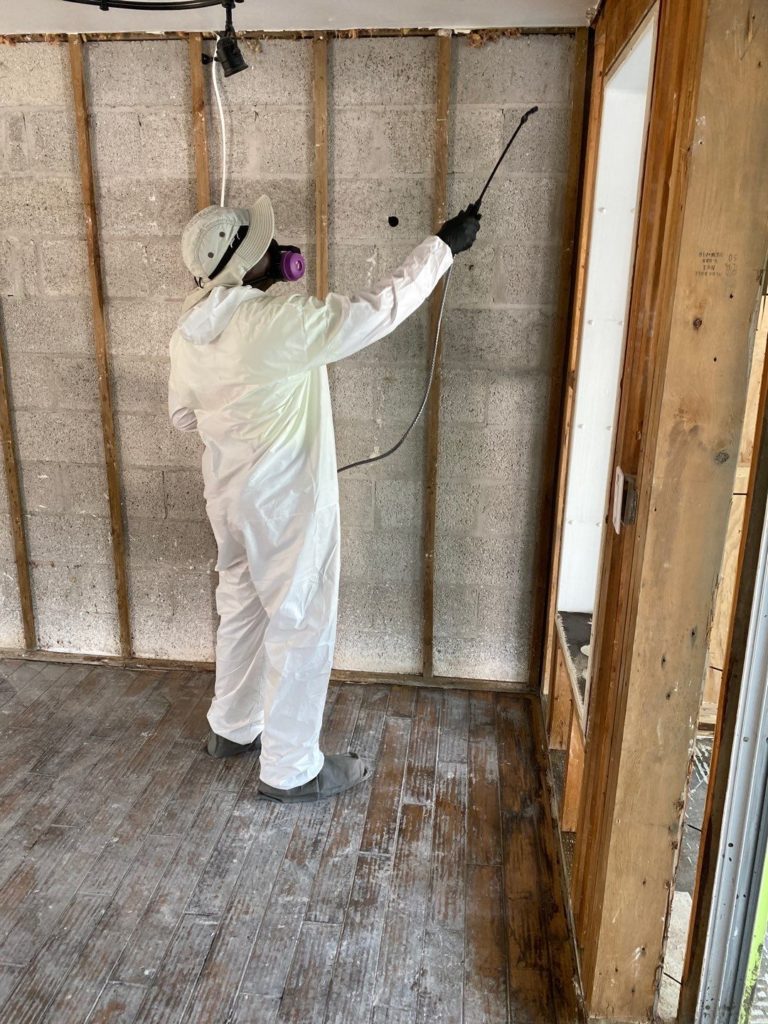
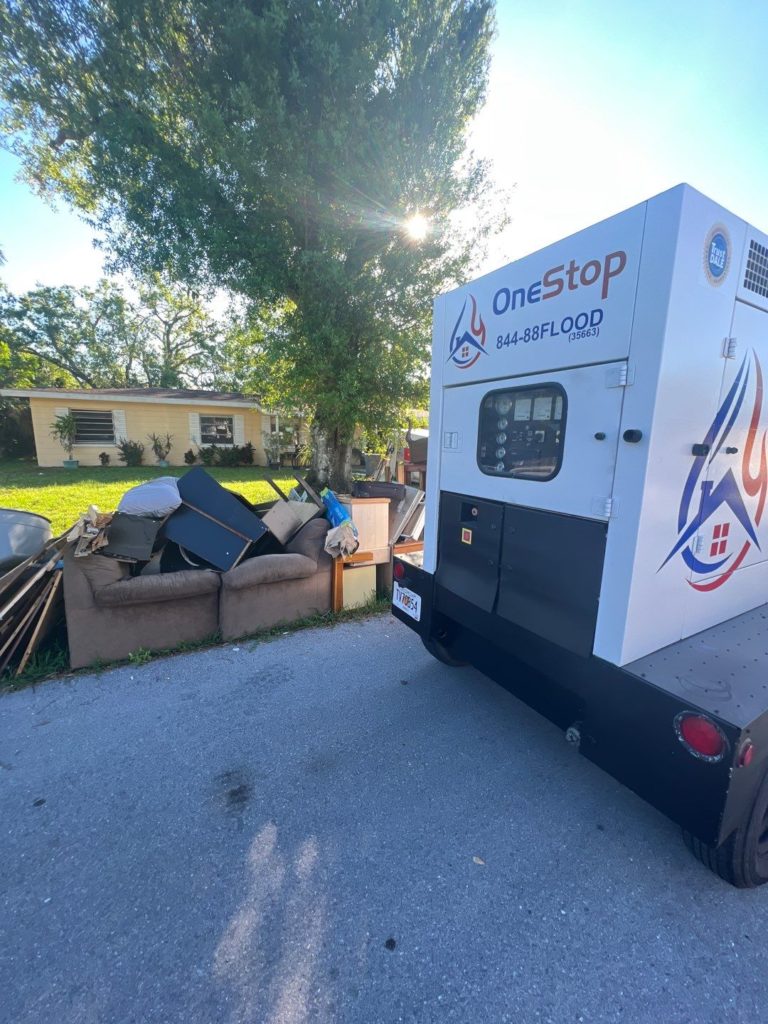
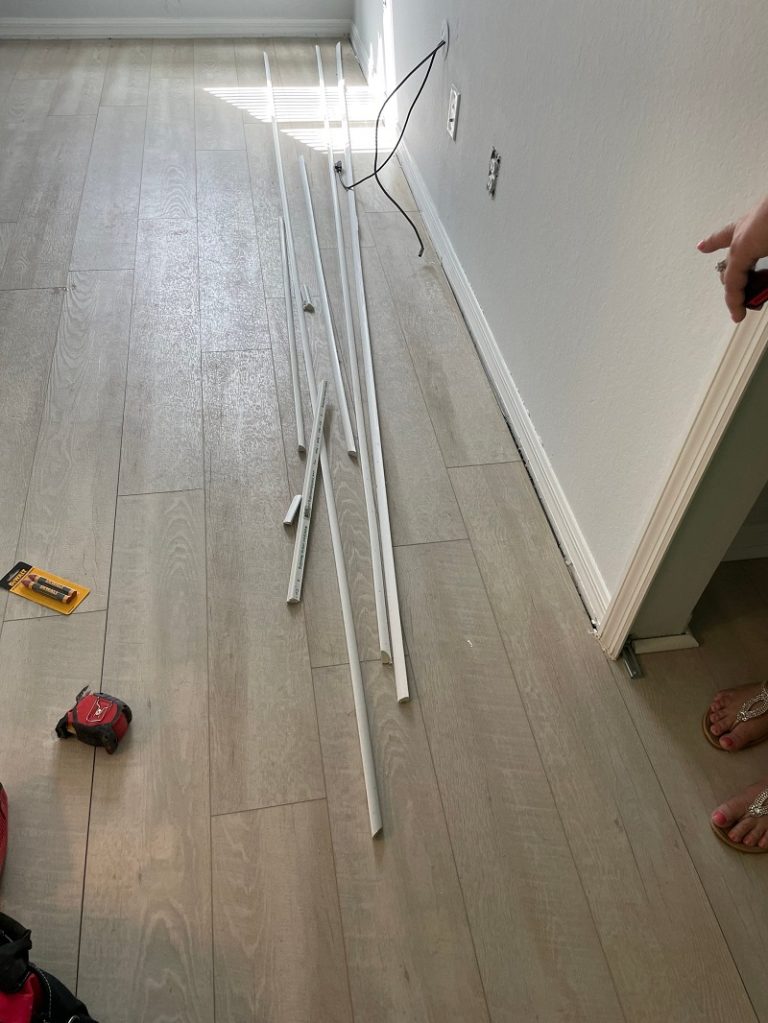
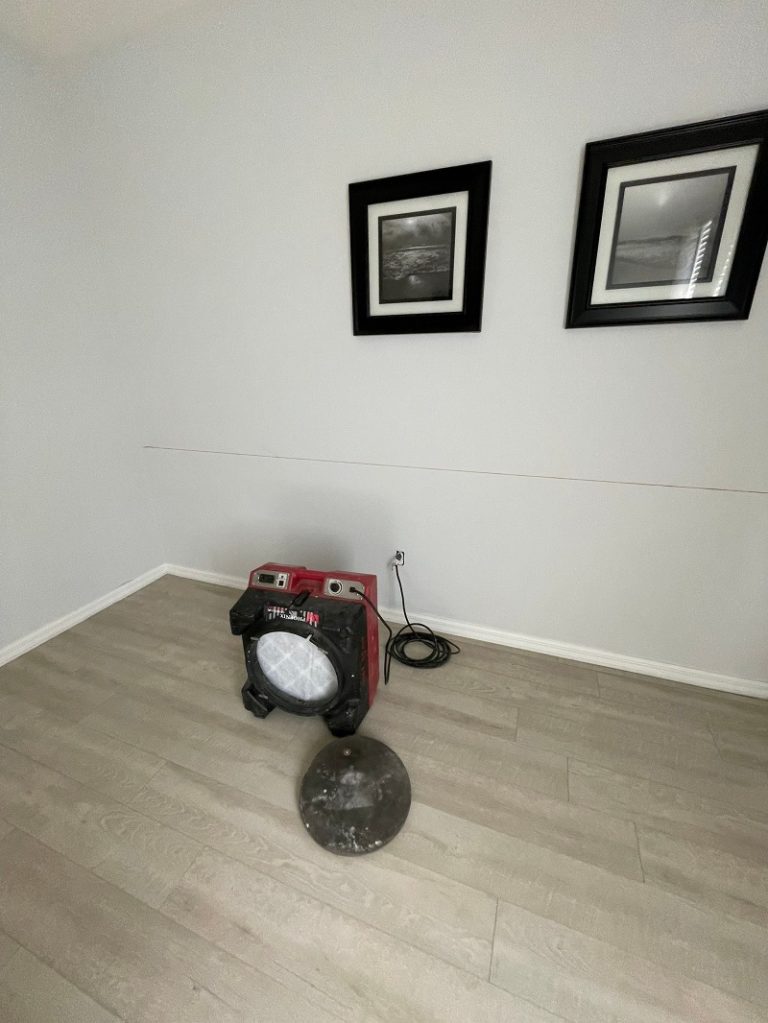
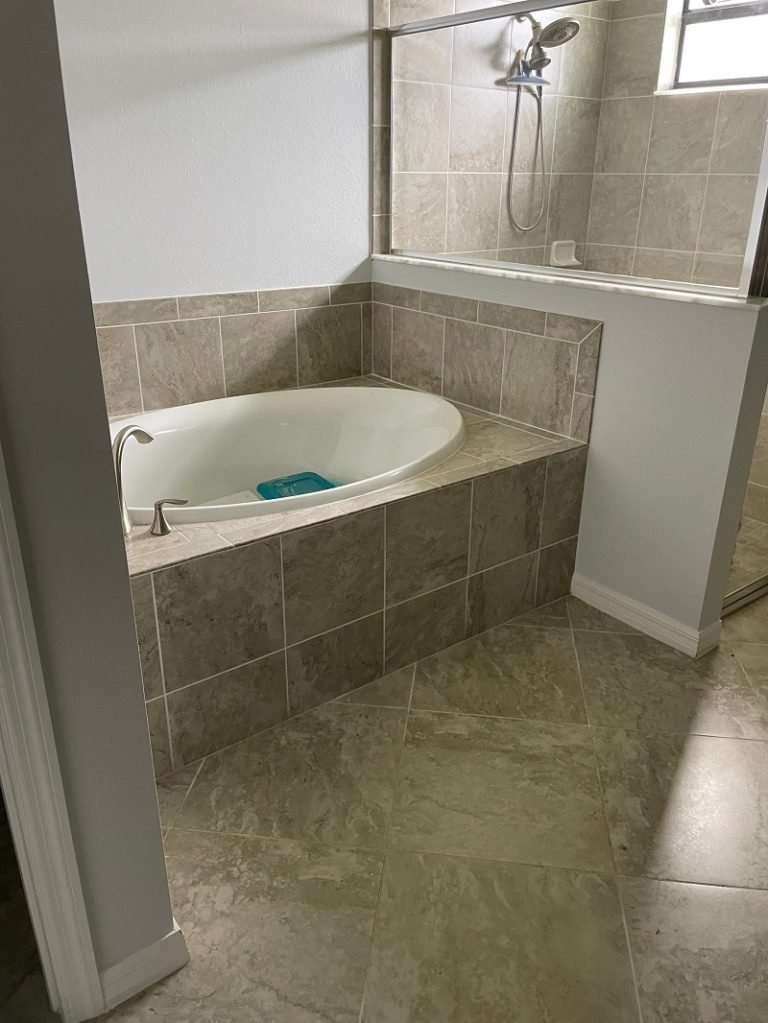
Batting down the hatches before the storm
You’ve put in a lot of work to protect your home inside and out from a tropical or winter storm. But there are still a few things you can do to keep your family and your home safe.
For a winter storm:
- Prevent your pipes from freezing by leaving your water faucets on slightly. A slow trickle will keep water moving in the pipes to prevent ice from forming.
- Keep cabinets around kitchen and bathroom pipes open to allow warm air to circulate around the pipes.
- Stock up on supplies that you may not be able to get during the storm, such as extra food, water, and candles.
- Keep your family in one room. It’s easier to trap heat in one room, so you’ll want to keep family members localized in one area of the home.
For tropical storms:
- Even if you installed high-impact windows, it’s still a good idea to steer clear of windows in case of flying debris.
- Like with winter storms, you’ll want to stock up on extra supplies.
For heat waves:
- Be mindful about your electricity use. As we mentioned, overused electrical outlets can lead to house fires during heat waves. Be careful not to overload outlets or use old, damaged extension cords.

Common mistakes in storm preparedness
Whether you’ve recently moved to Atlanta or have weathered your fair share of storms, everyone can fall into some bad habits when it comes to storm preparation. To keep your home safe, avoid the following common mistakes:
- Waiting until there’s a storm warning to make upgrades. As you can see, many of the storm preparation tips we’ve shared in this article take time. You may have to call out a professional or spend time and resources gathering supplies and making upgrades. And, if you wait until the last minute, chances are, the pros will be booked up and the materials you need will be in short supply. The best time to storm-proof your home is when there is no forecast of a weather event.
- Opting for the cheaper upgrades. Unfortunately, some storm preparation upgrades are expensive. But the fact is, foregoing these changes could end up costing a lot more if your home sustains weather damage as a result. So, whether you need a new roof, sump pump, or storm windows, remember that you’re investing in the safety and integrity of your home.
- Not taking warnings seriously. Many of us have a habit of downplaying risks when it comes to upcoming storms. But this could put your home and your family at extreme risk. You can hope for the best, but it’s also important to prepare for the worst.
- Leaving candles or heating units unattended. When a storm hits and the power goes out, it’s understandable that you would reach for the candles or power up a stand-alone gas heater. But, remember to practice caution with these items. When left unattended, you could risk starting a house fire.
- Running down your battery on your electronic devices. You never want to be without a working phone during a storm. So, while you may be tempted to watch videos or listen to podcasts on your phone when the power goes out, it’s important to conserve the battery. Charging portable batteries ahead of time is a good option to keep your home and your family safe during power outages.
Dealing with storm after-effects
Once the storm has passed, there are a few additional things that you can do to address any damage and prevent further issues:
- Call a restoration team. Your first instinct may be to call your insurance company or start cleaning up the damage yourself. But the truth is, it’s better to call in a professional team. We can help you document damage, file your insurance claim, and start the process of restoration. And, because we’re experienced with disaster relief, we know how to safely enter a home after a major storm.
- Ventilate and dry out your home. Whether you sustained flooding from a frozen pipe or a tropical storm, drying out your home is a top priority. The first two days are critical to prevent mold growth, so make sure to bring in air movers and property ventilate your home as soon as possible. You’ll also want to remove water-damaged furniture to facilitate the drying process.
- Cover broken windows or other openings. Even though the worst of the storm has passed, open windows or damaged sidewall can expose your home to further damage from the elements. Cover all exposed areas with tarps or plywood as soon as possible.
With these important steps done, you can rely on your remediation team to start the hard work of restoring your home. No matter if your home has sustained electrical, plumbing, or structural damage, we’ll be there to help you through the restoration process.
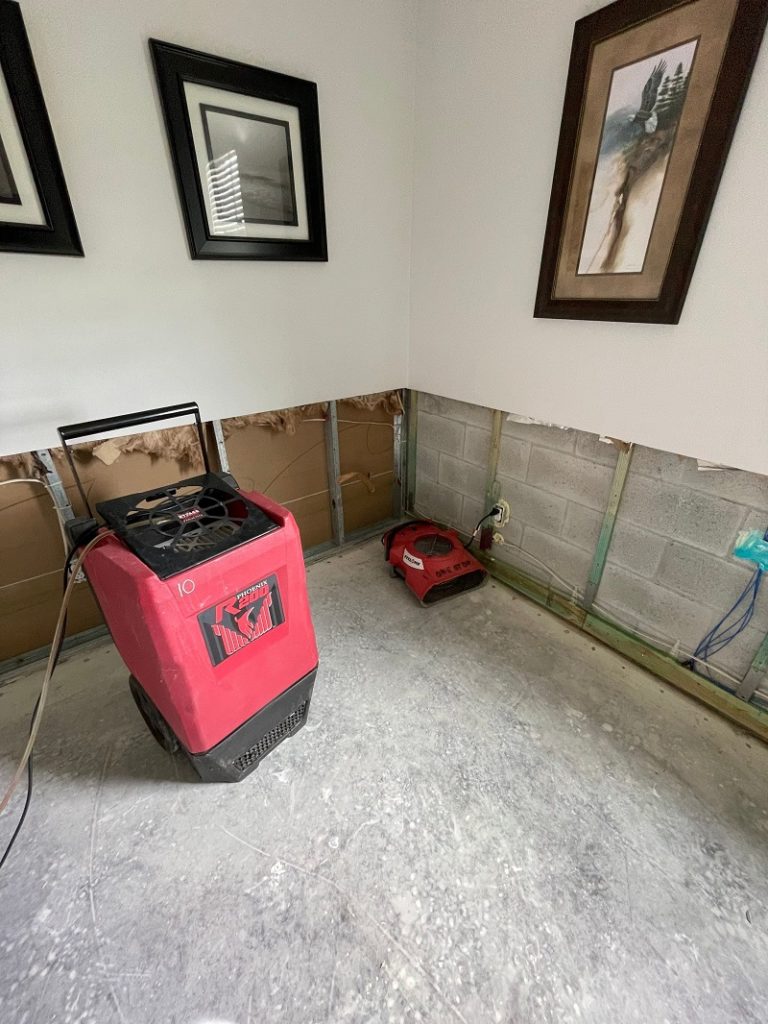
Costs of storm restoration
As you can see, there are quite a few things that go into storm restoration. So, how much can you expect to pay to get your home back to normal? Here are a few industry estimates that can give you an idea of how much you may need to pay:
- Here in Atlanta, roof replacement can average somewhere between $5,000 and $10,000, or more for very large homes. The final price will be determined by the roof material you choose and the unique characteristics of your roof. If your roof can be salvaged, repairs will be lower.
- Window replacement. If your windows sustained damage in a storm or you want to upgrade them in preparation for the next storm, the cost to replace them can be somewhere between $200 and $500 per window. The low end of this range refers to standard windows while the more expensive windows will be high impact and storm-safe.
- Burst pipe. How much you have to pay for a burst pipe sustained from a winter storm will depend on the extent of the damage. Fixing the pipe itself can be fairly inexpensive. In the best case scenario, when the pipe is easily accessed and there is minimal damage, you may pay no more than $600. But, if the pipe is behind a concrete slab or causes flooding that damages your flooring, drywall, and insulation, the costs can easily climb into the thousands.
- Major flooding. Flooding from a tropical storm can be one of the costliest results from a weather event in our area. Unfortunately, the water that floods a home during a major storm sometimes requires special cleaning procedures because of its high risk of bacteria and other hazards. That’s why you can sometimes see damage repair costs averaging $10,000 to $15,000 or more. In major flood restoration, your team may need to replace flooring, insulation, and drywall, essentially stripping your home and rebuilding it with all new materials.
Your restoration team can help you plan for repair costs
As you can see, the costs of repairing your home after a natural disaster or severe storm tend to be quite high. But the risk of putting off these repairs can make your home vulnerable to even more costly and dangerous damages in the future.
As experts in many different kinds of disaster repair, One Stop Restoration can help you find a restoration plan that works for you and your budget. Once we’ve assessed the damages, we’ll talk with you about your options, which may include paying out of pocket or filing a claim with your insurance provider. Whatever questions you have during the restoration process, we’ll be there to share our expertise and recommendations.
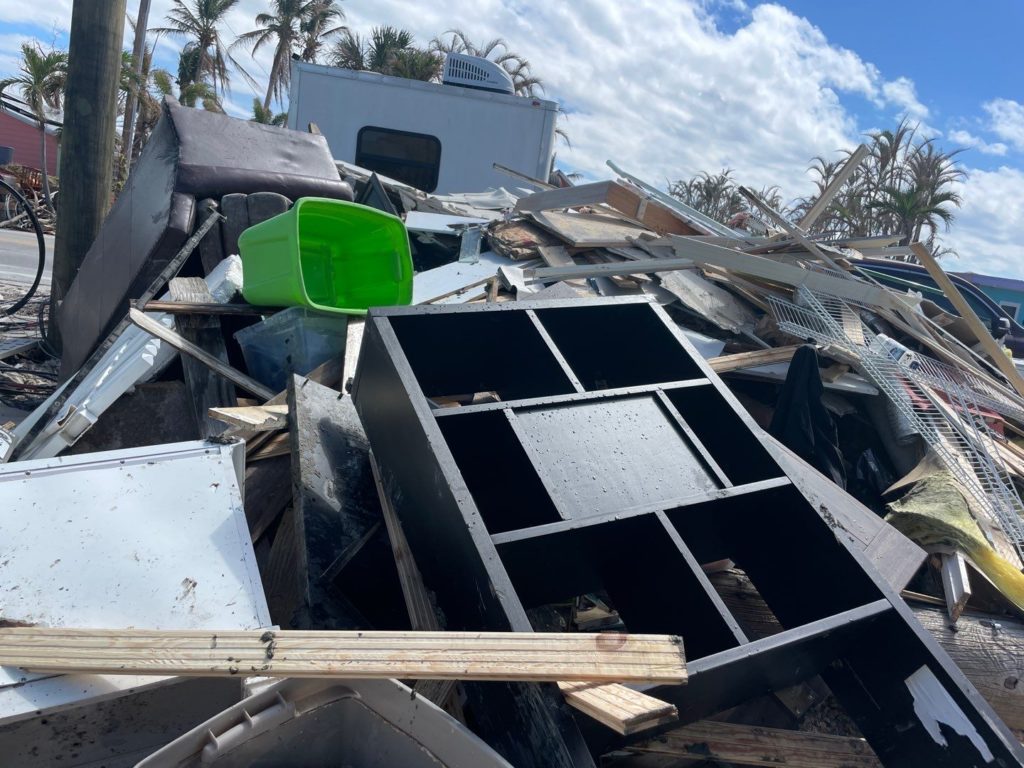
Gearing up for storms to come
The fact is, living in a storm-prone area like Atlanta can be a challenge for homeowners. But, by investing in your home’s storm preparedness, you’ll be in a much better position to weather future storms. Here are some final tips to always make sure that your home is ready for what’s to come:
- Schedule regular assessments. Making sure your home is storm-ready is a constant task. Take the time between storms to look for damages or vulnerabilities that could be a problem in the future. Don’t wait to fix or upgrade your home, because you never know when a weather event will appear.
- If you can, opt for the latest technology in storm proofing. The good news is, storm-proof materials and technology are improving all the time. So when it’s time to replace your roof, windows, plumbing, or electrical system, always ask whether there’s an option that will withstand freezes, flooding, and other natural disasters.
- Be ready to call in the pros before disaster strikes. The immediate aftermath of a severe storm can be a stressful time. And you don’t want to spend it trying to find the contact info for your restoration team. Keep our number handy in your emergency preparedness kit or on your phone so that you can reach us in your moment of need. As a trusted and experienced restoration team here in Atlanta, we’re here to help you.
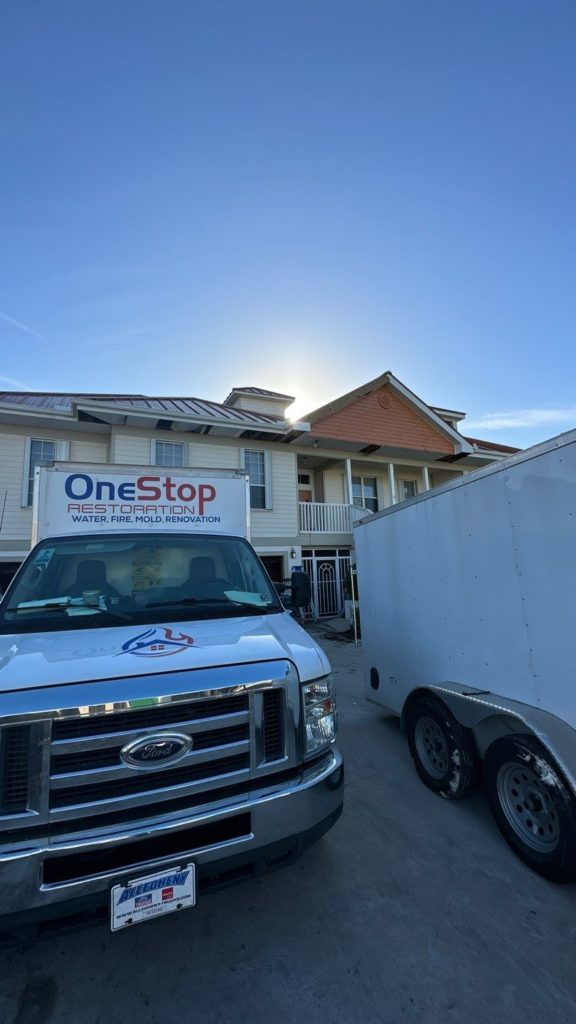
TESTIMONIALS
What our customers say
Kit Harington
Atlanta, Georgia - HomeownerWhy One Stop Restoration?
We are the right fire and smoke restoration firm for your emergencies because of the following:
- 24/7 Availability
- Experience
- Modern Equipment
- Quality Insurance Cover
OUR BLOG
Latest news from us
Water and Flood Damage
Blog post Top 5 Things to Know About Water and Flood Damage Don’t be left wondering what to do...
Mold Remediation
Blog post Mold Remedation As a homeowner, the mere mention of mold might give you a cold sweat. It’s...

